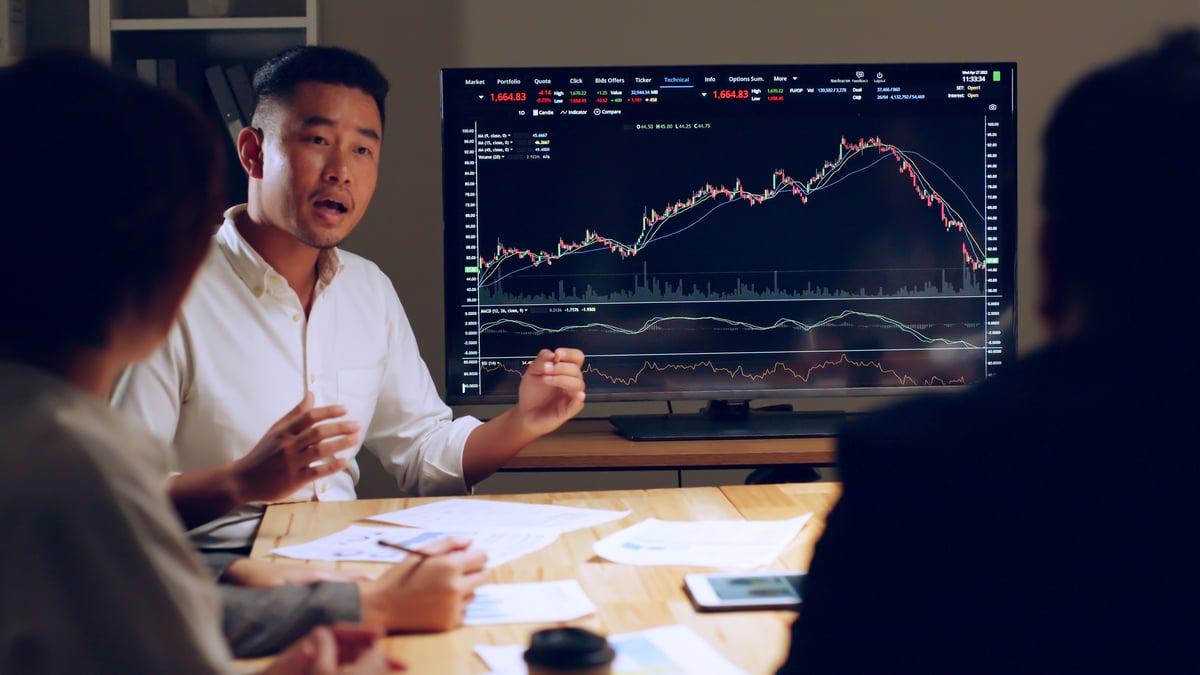William Edwards
3 min read
-
Bill Smead advises against investing in the S&P 500 as momentum fuels the rally.
-
"I don't trust the S&P 500 farther than I can throw it," Smead told BI.
-
Smead's fund has underperformed recently, but he's enjoyed long-term success.
Bill Smead was driving around Northern Alabama on Thursday, pitching potential clients on why it's an optimal time to buy into his Smead Value Fund (SMVLX).
He knows it may not be an easy sell. His energy and homebuilder holdings have gotten hammered recently, and the fund has had a rough 12 months. Since May last year, it's down 11% while the S&P 500 has risen 10%.
But to Smead, that's the point. Every investment discipline has its hard times, and it's during those periods when investors make money. The opposite is also true, he argues: When an investment is soaring, the likelihood that the outperformance continues decreases.
That's why Smead is warning against investing in the S&P 500, which remains just below its all-time highs.
"Even though the index has been a really good idea from 1981 to now in a rising market, every investment discipline goes through cold stretches," Smead said. "The longer it goes on making people rich, the more likely it is for a catch-up period."
One would probably expect Smead, a value manager, to question the merits of investing in a growth-led index like the S&P 500. But he has the long-term track record to lend him credibility — over the last 15 years, he's beaten 94% of similar funds, according to Morningstar data. In 2021, Smead crushed the market by returning 40% by betting heavily on unloved economic reopening stocks and ignoring pandemic darling tech stocks.
Valuations also support Smead's concerns. The Shiller cyclically adjusted price-to-earnings ratio, which measures the current price of stocks relative to a 10-year rolling average of earnings, is at one of its highest-ever levels.
According to a March report from Invesco, from 1983 to 2015, the Shiller CAPE ratio has explained 78% of the S&P 500's forward 10-year returns. When valuations have been high, returns over the next decade have been low, and vice versa.
Smead also points to the momentum factor as a source for his unease about the S&P 500.
Lisa Shalett, the chief investment officer at Morgan Stanley Wealth Management, noted earlier this year that while the S&P 500 rose 23% in 2024, the momentum factor was up 58%. That shows that a FOMO attitude is driving the market, she said, and prices are surging at a pace well ahead of earnings growth.













